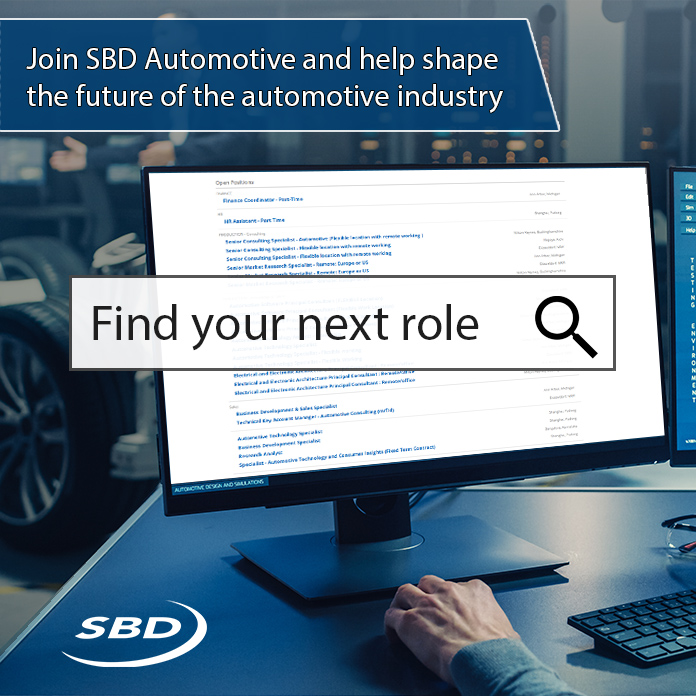Wind River announced a collaboration with Xilinx on the development of a comprehensive automated driving platform that integrates Xilinx’s Versal adaptive compute acceleration platform (ACAP) and Wind River automotive software. The collaboration will provide carmakers with a flexible, high-performance compute platform for delivering safe and secure connected and automated driving vehicles.
Using IP from both companies, the platform will provide a foundation that rapidly enables and scales critical functions for automated driving applications. The new platform will deliver the foundation to enable a software architecture approach needed for autonomous driving applications, and make integration nearly plug and play. The platform also provides customers with a path to certification up to the highest levels of international safety standards, such as ISO 26262 ASIL-D.
The new offering will combine the compute software platform Wind River Helix Virtualization Platform (Helix Platform) and Xilinx Versal ACAP devices. Helix Platform brings together the industry-leading commercial real-time operating system (RTOS) VxWorks along with its virtualization technology and embedded Linux into an edge compute software platform. It allows other operating systems to run unmodified within the same framework, providing a software development environment spanning across the Wind River portfolio. Helix Platform also integrates Wind River Simics for system simulation. It meets the stringent safety-certification requirements of the DO-178C, IEC 61508, and ISO 26262 safety standards.
Coupled with the Wind River functional safety-oriented AUTOSAR Adaptive software and Wind River Edge Sync over-the-air (OTA) up date solution, the combined Wind River and Xilinx solution presents an architectural framework that can abstract applications and algorithms to system services and that developers can deploy with confidence, without worrying about the underlying infrastructure. The result is the ability to dramatically rationalize development expenses and align development spending with the functions that yield the greatest consumer value. On top of all of this, carmakers can be confident that the framework enables systems delivering on critical functional safety requirements.













